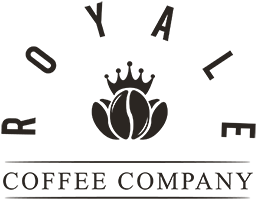Tanzania Specialty Coffee from Northern Burka Estate
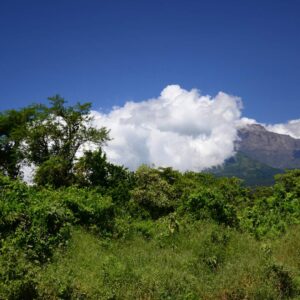 Tanzania coffee is the most popular eastern African coffee and is often overlooked in the specialty coffee market. This region is rich in coffee history and produces flavorful, well-balanced, and satisfying coffees.
Tanzania coffee is the most popular eastern African coffee and is often overlooked in the specialty coffee market. This region is rich in coffee history and produces flavorful, well-balanced, and satisfying coffees.
We are excited to re-introduce Tanzania Coffee from Northern Burka Estate this month. The coffee was introduced last year and quickly sold out, making it one of our most popular coffees. The 2023-2024 crop has notes of caramel, Honey, cocoa, and orange with above-average acidity and brightness in the cup.
Last year, one of our favorite customers, Daniel Bolstad, contacted us to inquire more about our Burka Estate coffee. He grew up near Burka Estate, and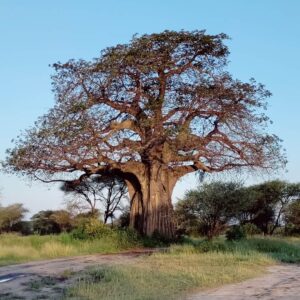 his family has a history with Tanzania Coffee and Burka Estate. “As a child in the ’50s growing up in Northeastern Tanzania, my mother would roast coffee harvested locally. She would put it on a cookie sheet and roast it in a wood-fired oven. I was too young to drink it, but I would help grind it by hand in one of those wooden box grinders. My connection to coffee goes back a long way in Tanzania ” (Dan Bolstad, e-mail, Dec. 10, 2023).
his family has a history with Tanzania Coffee and Burka Estate. “As a child in the ’50s growing up in Northeastern Tanzania, my mother would roast coffee harvested locally. She would put it on a cookie sheet and roast it in a wood-fired oven. I was too young to drink it, but I would help grind it by hand in one of those wooden box grinders. My connection to coffee goes back a long way in Tanzania ” (Dan Bolstad, e-mail, Dec. 10, 2023).
This spring, he traveled to Tanzania and received an invitation to visit Burka Estate. He was gracious enough to share his memories, photos, and a trip report with us (the full report is below).
Letter to Jim Curry, Royale Coffee Company
Report on Burka Coffee visit, Arusha Tanzania, February 3, 2024
By: Dan Bolstad
On February 3rd, my wife Maribeth and I visited Burke Coffee Estate. I met with the manager, Dean Peterson, an acquaintance of our family that goes back many years. It was a delight to meet him in person. Dean has a reputation of doing very good work for Burka. His background is in business, so he relies heavily on his operations manager that also operates as the quality control officer. His name is Eliaringa Macha.
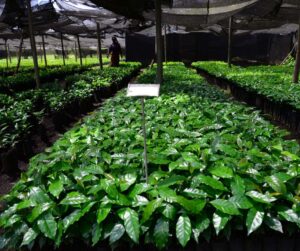 Eli started out by making an espresso for each of us on a Rocket Brand machine! Then he showed us the sifting pans they use to sort the beans by size. He explained the four coatings on the bean that each have to be removed:
Eli started out by making an espresso for each of us on a Rocket Brand machine! Then he showed us the sifting pans they use to sort the beans by size. He explained the four coatings on the bean that each have to be removed:
- The coffee cherry on the tree. This is removed in the pulping process.
- This one is light colored when dry. You can remove it just by rolling the beans in your hand.
- The third one is on the bean until roasting. This is the paper-thin chaff. It comes off in the roast.
- This is the final roasted bean, ready for grinding.
He took us on a drive around the farm, driving down the rows of coffee bushes. They look very healthy! They had recent rains, and everything was really green. They also have drip irrigation available for the dry seasons.
Shade grown: They have strategically placed rows of mature trees that give just enough shade, but not too much. Too much shade & moisture can lead to problems like mold and mildew.
Their processing equipment was clean and waiting for the next harvest. I was also impressed with some things that they are doing that are not obvious to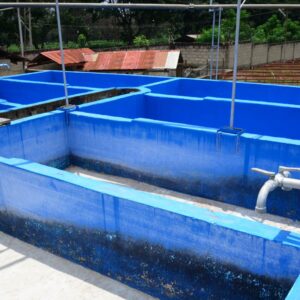 the occasional consumer of coffee. They have enough land that they keep part of it wild for the protection of animals that are under pressure from habitat loss. They also provide lodging for many of their workers. Growing coffee is very labor intensive, and the workers need lodging. It is good, both for the people and the farm owners to have the workers at hand when harvest time comes.
the occasional consumer of coffee. They have enough land that they keep part of it wild for the protection of animals that are under pressure from habitat loss. They also provide lodging for many of their workers. Growing coffee is very labor intensive, and the workers need lodging. It is good, both for the people and the farm owners to have the workers at hand when harvest time comes.
I picked up a couple of pounds of Burka green beans for my son to roast in his professional roaster in Seattle! We are going to have a roasting date.
Daniel Bolstad
Thank you Dan for sharing your Tanzania Burka Estate memories and experiences with us!
Tanzania PB, Northern Burka Estate, Medium Roast, Whole Bean and Ground Coffee
